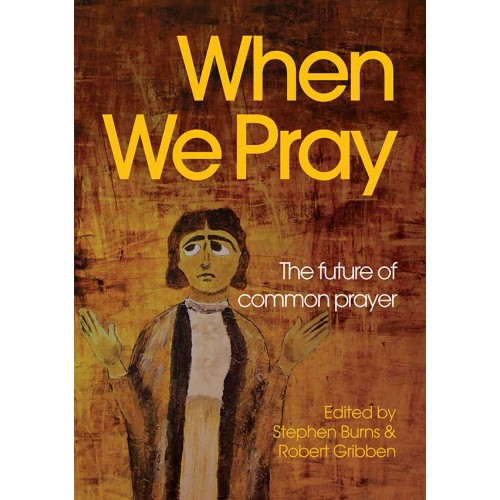The future of common prayer, Edited by Stephen Burns, and Robert Gribben, Coventry Press, 2020
The keyword in the title of this book is ‘we’. What is going on when we gather together and pray in unison?
The Editors both have strong links with the Uniting Church. Stephen Burns currently works at the Uniting Church’s Pilgrim Theological College in Melbourne, and Robert Gribben is a retired Uniting Church theologian and long-term contributor to practice and conversation around liturgy. They have gathered a range of papers to encourage us to think through the ramifications of prayer together as the church moves into the future. While there is a strong Australian presence there are contributors from the United Kingdom, United States and New Zealand.
In the first part of the book, the authors gather essays looking at the tradition of a prayer book and how that might affect our future. The church has moved a long way from a prayer book tradition where only authorised people may say authorised prayers.
The Uniting Church’s ‘Uniting in Worship’ prayer book comes with directions of what must be part of worship and what can be omitted, but comes with a CD of extra resources. There is a bit of chequered history in how we in the Uniting Church have arrived at this place where the shape of the liturgy on any given Sunday (or worship event) will be influenced by Uniting in Worship 2, the plethora of prayer books and internet resources, and the liturgist’s own creativity and knowledge of their own context.
The second part of the book called ‘liturgical themes and foci’ looks at six different situations that we can learn from as we grow into fresh traditions of common prayer. These topics stretch from creation, ritual apologies and reconciliation, the body and prayer, confession and lament, chanting and prayer, and multicultural expressions of liturgy and prayer.
For instance, a chapter on confession deals with how people may confess together, in a situation where understandings of sin have changed markedly.
This is a book to read and be challenged about how to have fresh contextual liturgy, taking into account where we are, who we are, and how nuances in our theology affect our prayer together. It is recommended to anyone who longs for worship to be true to our past and deeply grounded in ourpresent and future.
Rev Dr Christine Sorensen
